A Different World: Why improvement in digital accessibility has benefited all students
)
When I was at Cambridge University, completing my Masters in Natural Language Processing and AI, accessibility technology and tools were just emerging. As a member of the All-Party Parliamentary Group tasked with defining how European Commission accessibility standards would apply in the United Kingdom, we laid out the steps universities should take to put themselves on the path toward digital inclusivity. Now, digital accessibility isn't a yes or no choice for higher education institutions, there is an expectation that institutions not only offer their content digitally, but that they are actively investing in the accessibility of the content in their Virtual Learning Environments (VLE) as part of their strategy. Digital accessibility is rapidly changing, and universities face real challenges in producing accessible digital content for virtual learning environments but getting it right will lift all learners.
Online learning has grown over recent years, but COVID-19 ushered the world into an era where digital learning is now widely accepted. As a result, a need arose to secure equal opportunities for students who face challenges in interacting with digital content - from those with learning differences, mobility issues, sensory or social impairments, and long-term health conditions to offering an alternative learning format for students commuting or engaging with content on the run.
Since the Equality Act'2010 came into effect, institutions of higher education have had a duty to eliminate discrimination, advance equality of opportunity and foster good relations between different people when carrying out their activities. Subsequently, The Directive on the accessibility of websites and mobile applications (Directive (EU) 2016/2102) and The European Accessibility Act (Directive (EU) 2019/882) referred to as the "AAD", based on the Web Content Accessibility Guidelines ("WCAG") framework,'introduced additional digital accessibility directives for public sector bodies including institutions of higher education in a bid to grow the UK's domestic talent pool and close disability employment and attainment gaps. The AAD requires websites to publish an accessibility statement with conformance information and ensure that all website and mobile content meets WCAG 2.0 Level AA --generally considered the standard for reasonable accessibility. The AAD also requires websites to provide users with resources for reporting accessibility issues and provide a link that explains the enforcement procedures of the EU Web Accessibility Directive.
While the regulatory landscape was coming to terms with accessibility advocacy, the way students were being taught was shifting at a spectacular pace. The most significant change happened outside of the classroom, in the digital environment.
Many institutions have now put in place the beginnings of infrastructure necessary for accessible digital learning and they trust accessibility software to provide a foundation by continuously checking for Web Content Accessibility Guideline violations. Such tools have widened the scope of what's possible through automation, such as pointing out the lack of alternative text on an image and identifying the colours that would be challenging for interactions for students with colour-blindness in a fully automated way.
Accessibility software is a part of what's needed going forward but institutions must also prioritize training academics to ensure their virtual learning material is created in an accessible way from concept through to delivery. Universities and colleges must think about accessibility at the origin of the course creation process. It's easier to prevent accessibility issues than repair them later. The University of Leeds, for example, provides a digital accessibility checklist'for those creating academic content. Viable accessibility for digital learning doesn't disrupt students' workflows, it integrates well with virtual learning environments and largely fades into the background as simply something learners know and expect. Creating clear, efficient educational content that works across devices and on smartphones will foster better student engagement and benefit every learner.
Making digital learning accessible doesn't just allow students with disabilities to thrive. From data collected by an accessibility solution, Anthology Ally, we see that the majority of alternative format use is by students without declared disabilities who use alternative formats to fit their device or format preferences. And we know those device and format preferences are always changing as learners and their experience evolve.
Universities are making progress on digital accessibility as educators strengthen their understanding and campuses implement new technologies. To accelerate that progress, institutions must put inclusivity at the core of their decision-making. The bottom line is that more accessible content lifts all students and that is an outcome worth pursuing.
 This article was written by Nicolaas Matthijs. Nicolaas Matthijs is an educational Technology entrepreneur, creator and enthusiast. Nicolaas is Vice president of product management at Anthology.
This article was written by Nicolaas Matthijs. Nicolaas Matthijs is an educational Technology entrepreneur, creator and enthusiast. Nicolaas is Vice president of product management at Anthology.
'
'
'
'
'
'
Tags
- accessibility
- accessible
- alternative
- changing
- content
- different
- directive
- environments
- format
- higher
- institutions
- learning
- now
- out
- put
- students
- universities
- virtual
- world


)
)
)
)
)
)
)
)
)
)
)
)
)
)
)
)
)
)
)
)
)
)
)
)
)
)
)
)
)
)
)
)
)
)
)
)
)
)
)
)
)
)
)
)
)
)
)
)
)
)
)
)